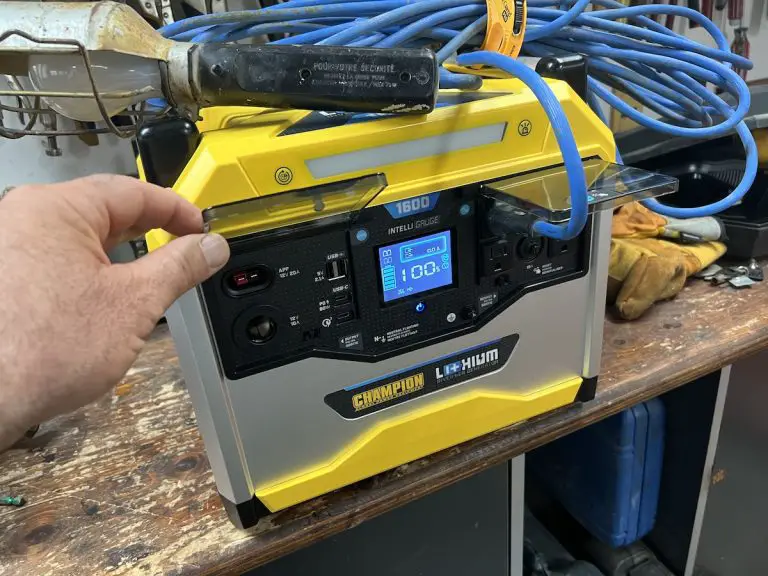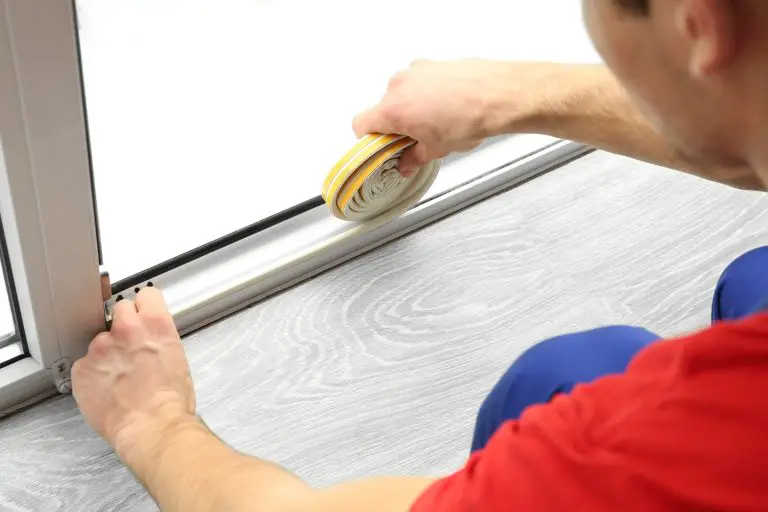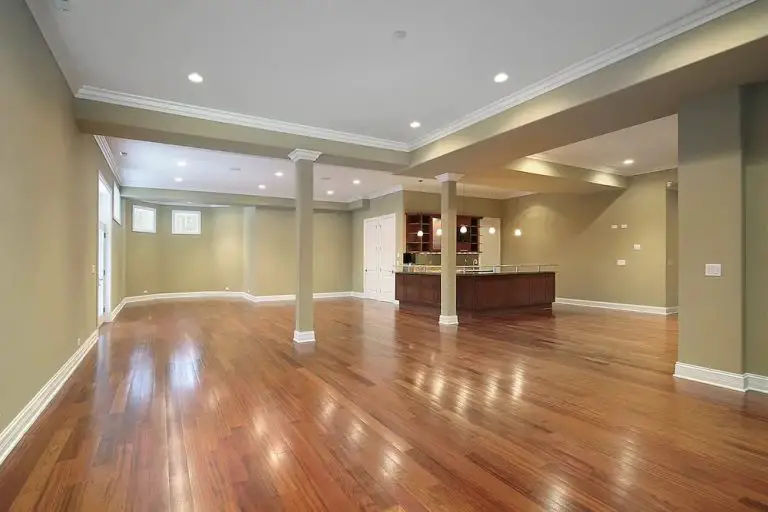- Video#1 Watch Time = 4 minutes
- Video#2 Watch Time = 6 minutes
Question: What’s the best way to level a concrete basement floor in my 1931 house? The space is dry and in good shape, and I’m planning to install basement subfloor panels as part of a campaign to finish the space. Right now the concrete floor is too uneven.
Answer: Tile-type basement subfloor systems come with shims to allow you to level slight unevenness, but a basement from the 1930s probably needs more than just shims. You mentioned that your floor is in good shape, so you can start by assessing the floor for flatness following the methods shown in the video immediately below. There’s more content under this video, too.
Notice I didn’t use the word “level”, but rather “flat”. Many concrete basement floors are intentionally sloped for drainage, and it’s virtually impossible (and undesirable) to make them truly level. The main thing is that your concrete floor be flat. Laminate flooring and large format ceramic tiles, for instance, require that a floor be flat within 1/4″ or less over a ten-foot radius. If your floor is close to this degree of flatness but not quite there, you can improve things with self-levelling flooring compound. This is a powder that you mix with water into a slurry that’s liquid enough to flow nicely and seek its own level. Watch below and see.
Does your initial assessment show that you have more than an inch of depth to fill to make the floor flat? If this is the case, consider doing an initial levelling jobs with mortar and a bonding agent. This is a cheaper way to fill deep areas, followed by self-levelling flooring compound as a final step. Watch the video above for tips on using mortar to flatten a basement floor.












